Introduction
Monsoon is here — and with it, come the floods.
Every year, as rains lash cities across India, social media gets flooded (pun intended) with viral videos of submerged roads, stranded vehicles, and unfortunate accidents. But here’s the harsh reality — driving through waterlogged streets is not only risky for your car, but for your life too.
As someone who has personally experienced a car stalling in knee-deep water in Mumbai’s Sion Circle during the infamous 2019 deluge, I can tell you — it’s not worth it.
But sometimes, you just have to go through it. Emergencies don’t ask for weather reports, right?
So here’s a comprehensive and practical guide on how to safely drive through floods, especially during the unpredictable Indian monsoon of 2025.
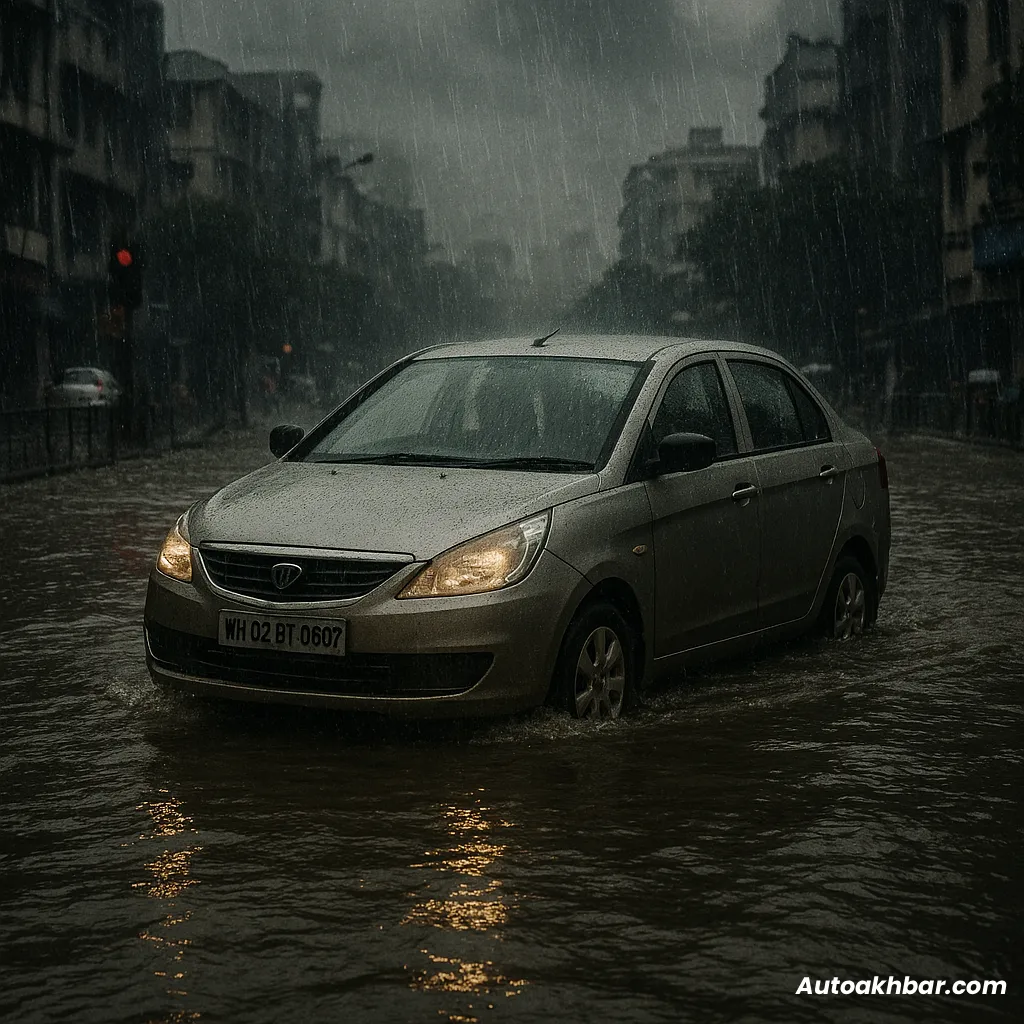
Table of Contents
🚫 First Rule: Avoid Floods If You Can
Let’s be real — the best way to survive a flood is to not enter it at all.
If you see a flooded road:
- Can you take a detour?
- Can you wait a few hours?
- Can you turn back and go home?
If yes, do it. Floodwaters are deceptive. What looks like a shallow pool may hide a crater-sized pothole. It’s not bravery to drive through a flood; it’s a gamble.
India Meteorological Department (IMD) – Rainfall Alerts
📏 Gauging Water Depth is Critical
If you’re forced to drive through a flooded street, the first thing you need to check is the water level:
- If the water is above your car’s bonnet line or even halfway up your doors — don’t go in.
- Observe other vehicles (similar to yours) crossing that patch. If they float, you abort.
- Be extra careful of hidden potholes — they can tip the balance from manageable to disaster.
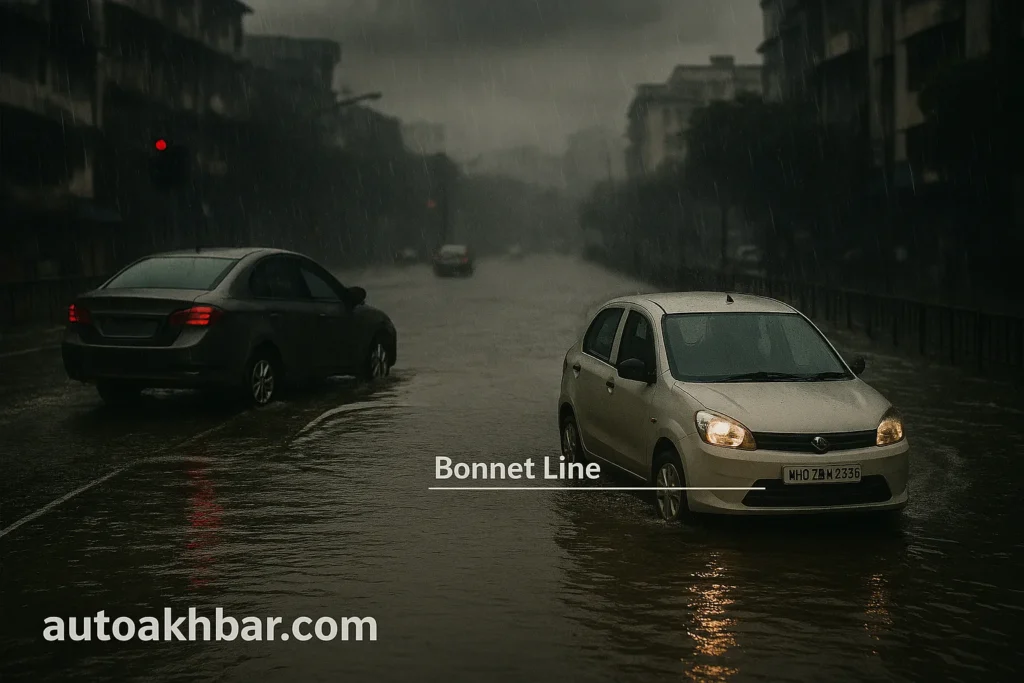
🧠 Tip: Follow the path of the vehicle ahead that looks stable — but never tailgate too closely.
🔧 If Your Engine Stalls in Water, DO NOT Restart
Many people instinctively try to turn the ignition again when their car stalls mid-flood. Don’t do that.
When your engine stops in water, cranking it again:
- Sucks water into the engine block
- Causes hydro-locking
- Leads to massive engine damage
What should you do instead?
- Turn off the ignition.
- Step out (safely).
- Call for roadside assistance.
- Tow the vehicle to a service center.
This small decision can save you lakhs in repairs.
How to Clean Engine Bay Safely – Monsoon Special
💡 5 Expert Tips to Drive Safely Through Floods
If you must cross a flooded area, these 5 tips will keep you safe:
1. Gauge the Road by Watching Others
Use other cars and bikes as reference. But note:
- Just because a bigger SUV makes it doesn’t mean your sedan will.
- If you see a car get stuck or create a large wake, wait or turn back.
2. Use Low Gear – First or Second Only
- Flood water adds immense resistance.
- Driving in low gear gives you better control and power.
- It also helps prevent stalling in deep water.
3. Keep Engine Revs High
Why?
- High revs prevent water from entering the exhaust pipe.
- In manual cars: Half-clutch + light throttle bursts work well.
- In automatics: Shift to manual mode (if available), stay in 1st gear, and maintain RPM between 2000–4000.
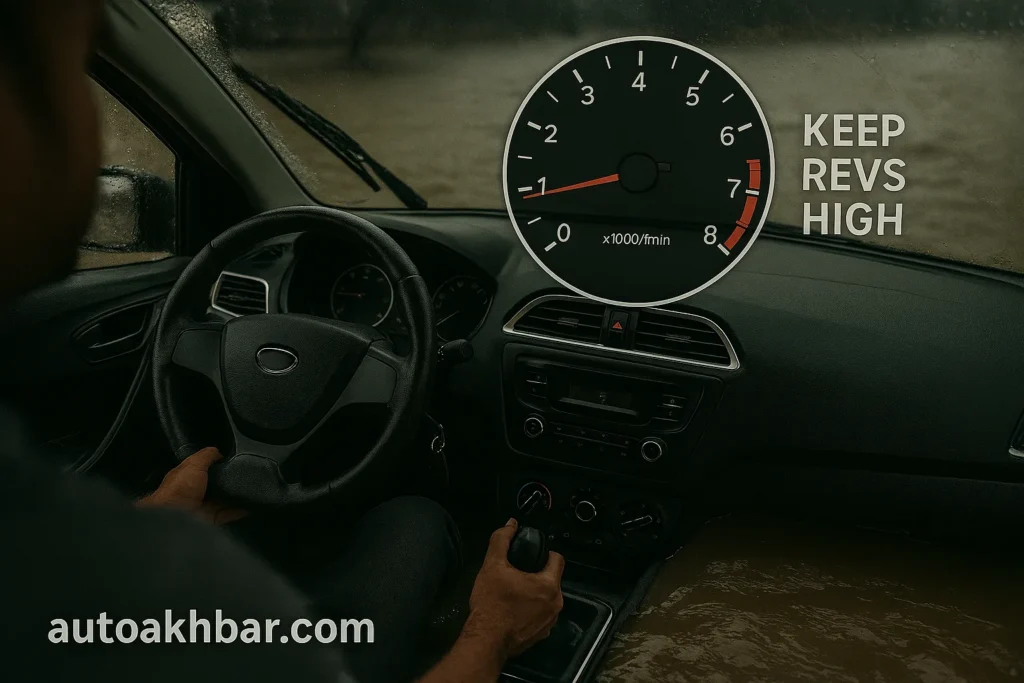
4. Drive at a Slow, Steady Pace
- Create a bow wave — a small ripple in front of the car that helps push water away.
- Don’t speed. It can:
- Damage bumpers or wheel liners
- Splash water into the air intake or alternator
- Most importantly, don’t stop in the middle. If you do, keep revs high.
🧠 Pro Tip: Maintain distance from the car ahead to avoid having to brake inside water.
How to Improve Car Mileage in Summer
5. If You’re Stuck, Escape Smartly
If the car is stuck and:
- Doors feel too heavy to open, use both legs to push.
- Still can’t open? Remove the headrest and break a side window — NOT the windshield (it’s laminated and nearly impossible to break).
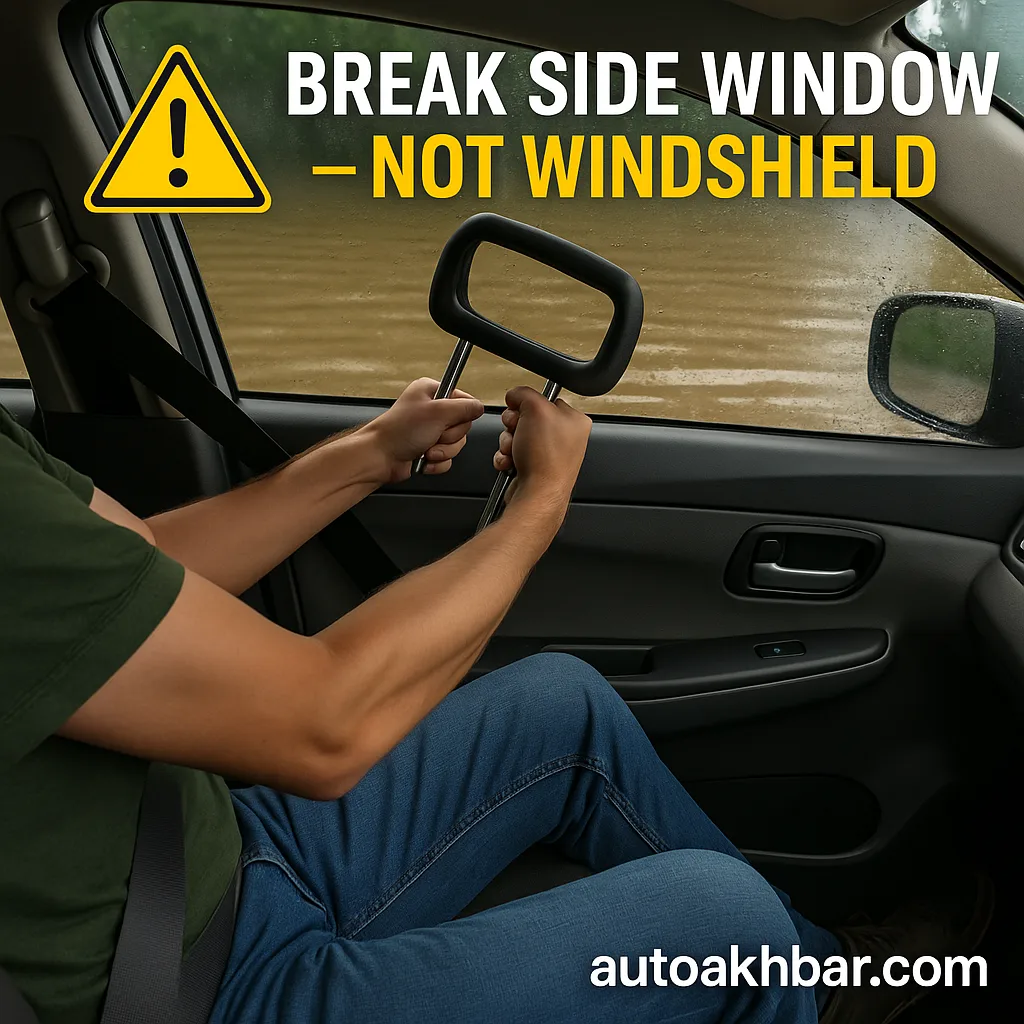
💬 “Better to break a window than risk being trapped in rising water.”
🛑 After Getting Out of Flood Water – What Next?
You made it out. But your car may not be the same.
Here’s what to do:
- Pump the brakes a few times before picking up speed. Water may reduce brake efficiency.
- Listen for unusual engine, steering, or brake sounds.
- Check the cabin — carpets and insulation soak water and can cause fungal smells or rust later.
- Get your car inspected, even if it feels okay.
📌 Real Story: A Friend’s Near Miss in Delhi (2023)
During the 2023 Delhi monsoon, a friend of mine drove his brand-new Baleno through what seemed like ankle-deep water. Just 100 meters in, a hidden pothole submerged half the car. The engine stalled. He tried restarting — bad move. The car hydro-locked.
Final bill? ₹1.6 lakhs.
Insurance covered some, but not all.
That’s why this blog exists. So you don’t repeat that mistake.
🧭 Conclusion: When in Doubt, Don’t Drive Through
To wrap it up:
| ✅ DOs | ❌ DON’Ts |
|---|---|
| Check water level | Crank a flooded engine |
| Use low gear | Speed through water |
| Keep revs high | Stop mid-flood |
| Watch cars ahead | Tailgate or panic |
| Exit safely if stuck | Break the windshield |
Driving in floods is all about awareness, patience, and preparation. Keep your vehicle ready, know your routes, and always listen to your instincts.
FAQ How to Safely Drive Through Floods
Is it safe to drive through floodwater during monsoon?
Not really. Driving through floodwater is risky and should be avoided unless absolutely necessary. The water can hide deep potholes, damage your engine, and even trap you inside the vehicle. If you can, always choose an alternative route.
How can I tell if floodwater is too deep for my car?
A simple rule: if the water is above your car’s bonnet line or halfway up the doors, do not enter. Use vehicles ahead of you (of similar size) as a reference. If they struggle, it’s too risky for you.
What should I do if my car stalls in a flood?
Do not try to restart the engine. This can cause hydro-locking and irreversible damage. Instead, switch off the ignition, exit the vehicle safely, and get it towed to a service center.
Which gear is best for driving through water?
Use first or second gear only. These low gears provide better torque and control. Also, keep the engine revs high to avoid stalling and prevent water from entering the exhaust pipe.
Should I drive fast to cross floodwater quickly?
No. Driving fast can splash water into critical components like the air intake or alternator. Always go slow and steady to create a bow wave and reduce the risk of internal damage.

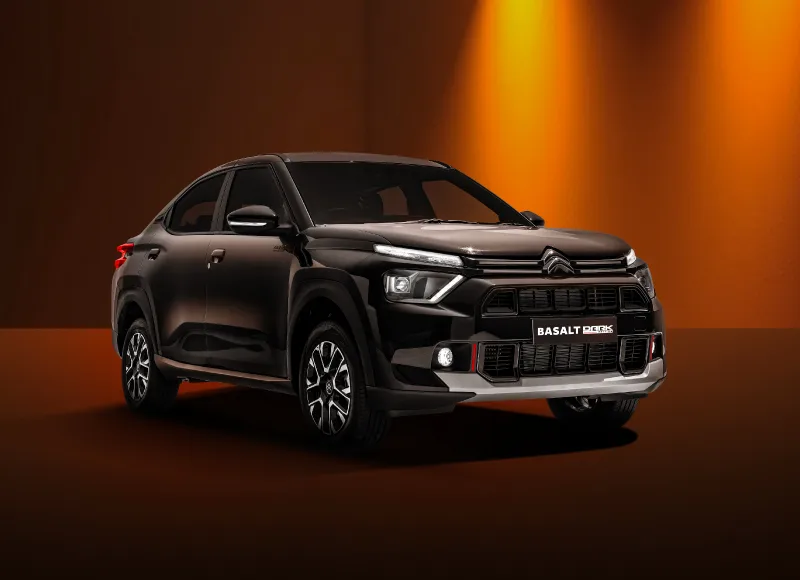

With almost everything which seems to be building within this particular area, all your opinions tend to be fairly radical. However, I appologize, because I do not subscribe to your whole suggestion, all be it radical none the less. It seems to everyone that your commentary are generally not entirely validated and in actuality you are yourself not really totally convinced of your point. In any event I did appreciate reading it.